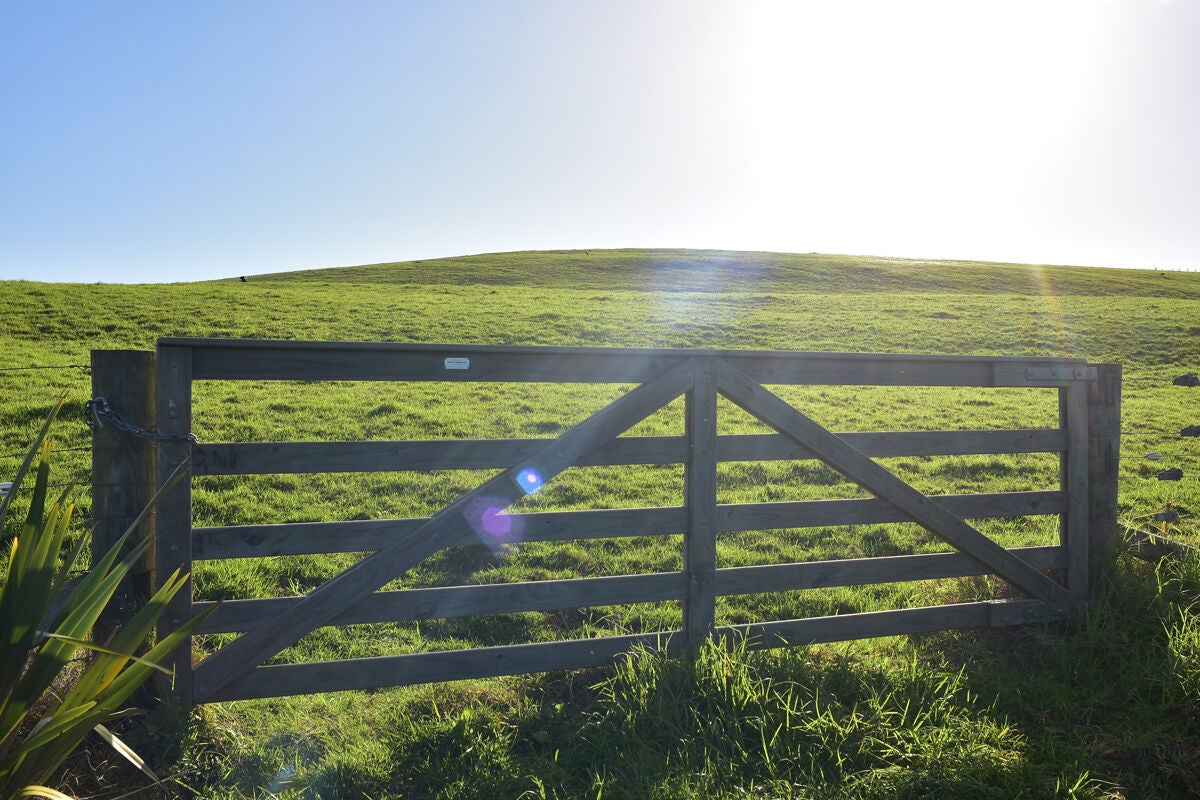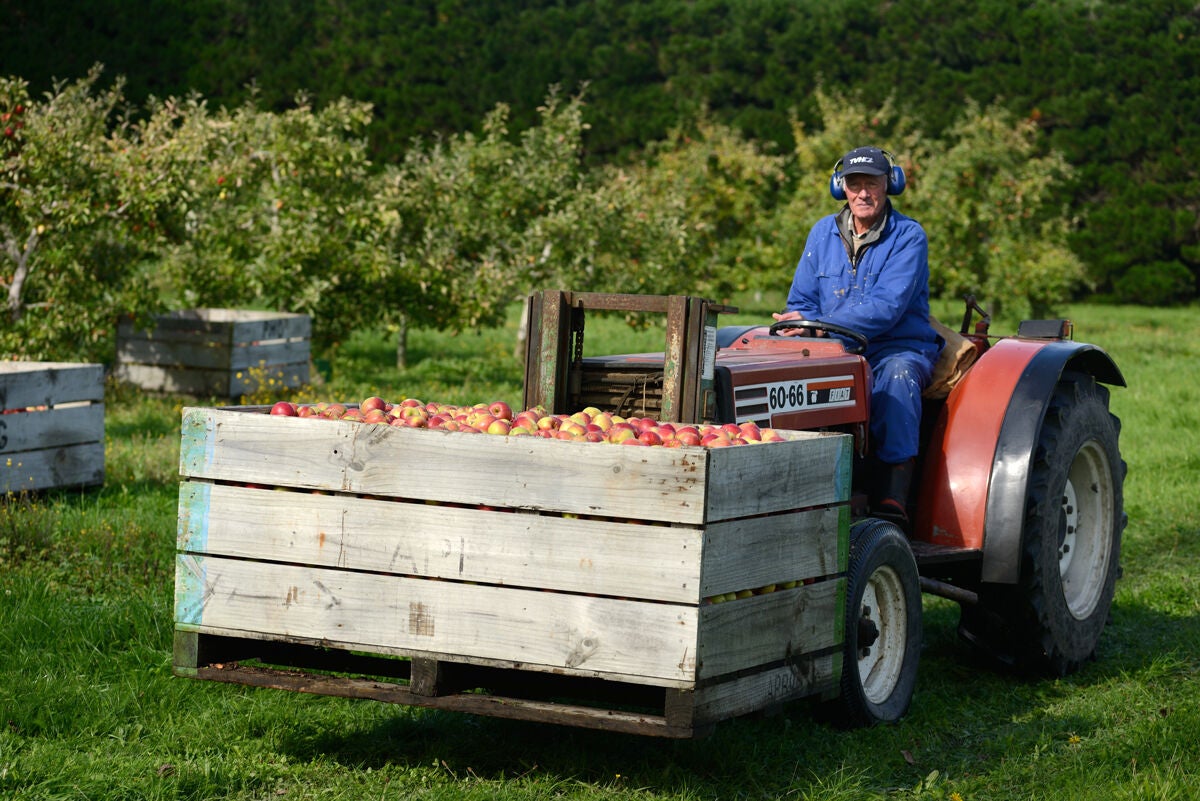
The primary sector has reason to celebrate as the calendar year draws to a close, after a challenging year that has pushed farmers, growers, processors’ and exporters’ abilities with pandemic challenges and climatic demands.
All areas of the primary sector are reporting positive news about market prospects and price signalling, meaning farmers and growers can join the rest of the country and grab a well-earned break midway through their growing season.
For dairy farmers Christmas has come a little early, with the highest Global Dairy Trade (GDT) price rise since July, and the second highest for the year. It has proven a welcome gift, coming as many have spent the season recuperating from the impact of a severe drought that lingered well into winter in some areas.
For dairy farmers Christmas has come a little early, with the highest Global Dairy Trade (GDT) price rise since July, and the second highest for the year. It has proven a welcome gift, coming as many have spent the season recuperating from the impact of a severe drought that lingered well into winter in some areas.
The GDT lift in three short months at this vital pre-Christmas stage of the season means New Zealand farmers will be rewarded for that lift this season, and has translated to Fonterra announcing an elevated payout range of $6.70-$7.30 a kg milksolids.
The midpoint of $7 will have most farmers in a position to enjoy a comfortable profit for the season, weather permitting. The rise has analysts including Westpac’s Nathan Penny confident of a $7 payout not only this season but the next also.
Expectations are as the world comes to grips with COVID-19 and more people are vaccinated, the sector can expect a healthy lift in food service demand, one of the sectors that was hit the hardest during the epidemic with many restaurants and food outlets shut.
Orchardists also have reason to celebrate a harvest that proved particularly challenging over March-April as the likes of apple growers and kiwifruit orchardists grappled with the challenges of picking and packing a crop whilst maintaining social distancing.
Despite the challenge, no disease outbreaks were reported and all sectors managed record breaking harvests that have since set new levels in export values.
The latest report from the Horticultural Export Authority indicate the value of horticultural crop exports has grown 6.5 percent to the year ended June, a period that includes a significant portion of pandemic infection.
Challenges of supply remain for the sector, with shipping schedules delayed or jumbled by port delays or being skipped altogether. This will prove an ongoing challenge for some months to come, along with the need to source more staff to engage in what promises to be a large harvest of apples, pears, kiwifruit and grapes again this season.
Growers can at least take heart that once harvested the demand is there for their high-quality crops.
New Zealand is one of only two countries that has experienced a lift in demand for its wine over the pandemic.
Kiwifruit are reporting strong popularity, particularly of the SunGold variety as Chinese consumers scramble for products high in vitamin C and contributing to stronger immune systems.
In the red meat sector farm gate prices have tended to come through the COVID-19 pandemic in robust shape, with average sheep prices down on last year at about $7 a kg, compared to abut $8.50, but nevertheless still a healthy level.
Beef is similarly also lower, but the $7.23 a kg price for US imported bull is nevertheless a healthy figure. Analysts are citing these values as more realistic than last year’s sky high prices, with less of a spike in its peak than the one that jabbed some farmers last season.
Chinese battles with African Swine Fever have meant the differential between beef and pork has closed, and put beef on the menu for the first time for many Chinese consumers, with producers hoping they can keep it there.
Ultimately, the next few months may swing on what mother nature does to bring a profitable end to the season. Many parts of the country that needed rainfall after a dry winter have received it, and hopes are high that the promised El Nino weather pattern will continue to deliver gentle soakings to drought prone regions like Northland, north Waikato East Coast and Hawke’s Bay.
Ultimately, the next few months may swing on what mother nature does to bring a profitable end to the season. Many parts of the country that needed rainfall after a dry winter have received it, and hopes are high that the promised El Nino weather pattern will continue to deliver gentle soakings to drought prone regions like Northland, north Waikato East Coast and Hawke’s Bay.
The positivity felt in the rural sector is also filtering through to a lift in rural property sales and values.
Bayleys national director rural Duncan Ross says salespeople around the country are enjoying strong enquiry across all property types, both pastoral and horticultural.
“Sales for the three months to end of October were up 45 percent on the same three months last year, with the sustained farm gate pricing and compression in commercial yields, agri returns are now comparable across all sectors driving renewed interest.
“Farmers are in a good position now to look into the next couple of years, reassured that if their sector can weather what we have just come through, the robustness is there to give them confidence about investment and expansion, particularly for those in a good equity position,” says Duncan.
